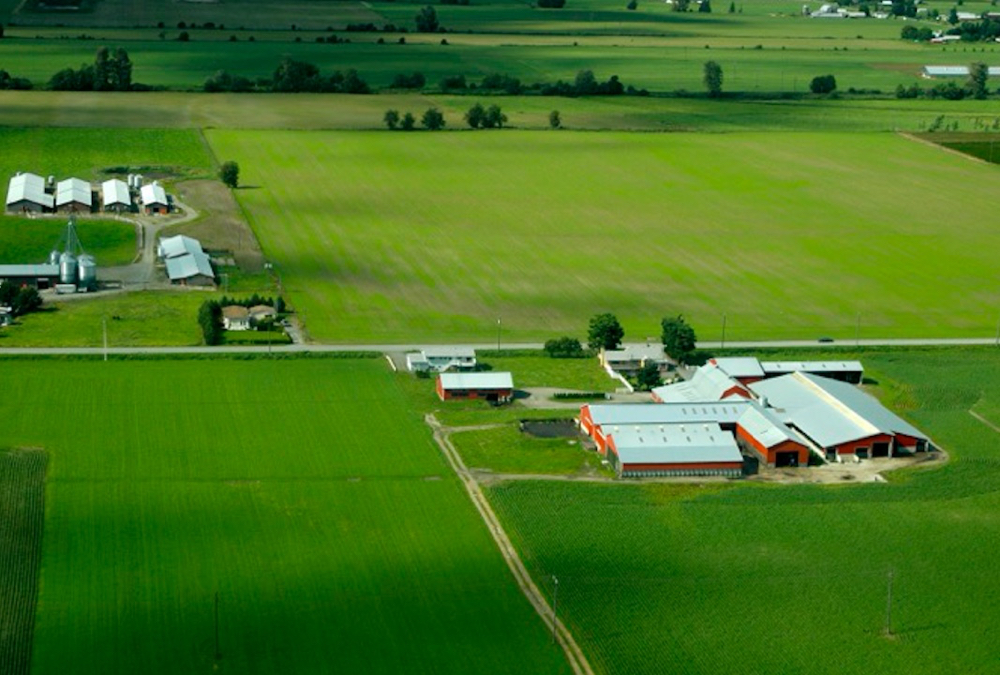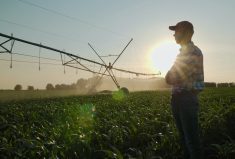Iread with great interest Matt McIntosh’s item in a recent edition of the Alberta Farmer Express, “Pressure increases on farmland.” These words in particular had a visceral effect:
“Protecting farmland and natural landscapes, and thus Canada’s ability to produce food in an unstable world, requires co-operation and long-term thinking.”
Also, “the problem, according to CAPI, is that long-term thinking in Canada is lacking. Planning experts and the report’s authors say a reversal of many development and environmental policies is required to avoid catastrophe.”
Read Also

Guarding against misinformation: Do you believe in house hippos?
Misinformation and disinformation run rampant in today’s digital age. Farmers must be wary of the digital dangers and know how to keep themselves safe.
In Strathcona County, where I live, long-term planning is absolutely lacking. The reversal of many policies would be required to avoid the agricultural catastrophe that is occurring right here, right now.
Of particular issue is the loss of prime farmland in the county, a “specialized municipality” that includes Sherwood Park near Edmonton.
For 17 years, I have battled a development in Strathcona County on the farmland that is my home and where my parents began farming in 1948.
On July 18, the battle was lost in a re-vote on a rezoning bylaw that would have stalled the development on a large area of class one and two soil. With the local chamber behind them, the developer managed to push council into changing the vote in their favour.
The story of this struggle would require a flow chart to explain, but here are the main facts:
The development of the area (known as Bremner) was first proposed in 2006. By 2008, it was being promoted as a new city of 200,000 that would feature high-rises.
At that time, nearby Sherwood Park was expected to reach its growth limits before 2018.
It would be difficult to count the number of letters I’ve written — to the premier (more than one premier), MLAs, cabinet ministers, the EMRB (Edmonton Metropolitan Region Board), the Farmers’ Advocate Office of Alberta, mayors and individual councillors.
I’ve written to newspapers, talked to the media and elected officials, participated in television and radio interviews and a debate.
I’ve stood with concerned neighbours and other residents in Strathcona County Council chambers to oppose development in Bremner, each time making the same argument against destroying prime farmland. But to no avail.
Why? Because it always came down to the same thing: the will of a council that had no will to protect farmland.
It’s clear to me that though Strathcona County is a “specialized municipality,” comprised of both urban and rural areas, it has always been more interested in promoting the interests of developers than it has ever been in the preservation of its own agricultural land. We in the rural areas feel like the land bank for Sherwood Park.
The studies that disqualified Bremner for development were discounted. At public hearings, angry residents were told by developer-friendly councillors that they were not representative of the “silent majority.”
Each plea was ignored, each ill-advised decision somehow justified as being for the “greater good,” and each step toward the destruction of Bremner’s farmland moved forward.
Strathcona County’s Agriculture Master Plan, which won awards, was never implemented, and its guiding principle that “developing on prime agricultural land would only be done as a last resort” proved to be empty words.
The Agricultural Impact Assessment for Bremner, which is a requirement of the county’s own Agriculture Master Plan, was intended to “inform decision-making at all levels of the planning process and address a proposed development’s effects on existing and future agricultural activities” but was completely ignored.
While the Edmonton Metropolitan Region, which includes Strathcona County, has only 3.5 per cent of the land mass of the province, it has 35 per cent of the best agricultural land. There is an opportunity to increase the region’s global value in terms of agriculture and food production, but developing Bremner will limit that opportunity.
In the same vein, a caution from the county’s chief financial officer apparently carried no weight in the matter. That caution was that “the county does not have the financial capability to invest in all areas simultaneously.”
The county will borrow money to help the developer, Qualico, start developing Bremner, while a brand-new development, Cambrian, is far from built out. Why? Borrowing rates for municipalities have increased, and other priorities will have to be shifted.
I’m certain that the county’s online budget survey will not show that financing Bremner is a priority with taxpayers.
Bremner will be far from the paradise that its proponents would have us believe.
When ‘bargain’ homes are not quickly available for those with dreams of living in the county — dreams that have thus far been stymied by economic realities — then what? When 100 per cent hydrogen homes are not move-in ready by 2025 as promised by Qualico just months ago, then what? Can Qualico be forced to uphold any of its promises if hydrogen turns out to be a bait and switch?
It appears that we will have more of the same development with nothing unique or better, prime land will be lost, and Qualico will not be held accountable for any of its claims.
I can only hope that the economy has more power to control this development than Strathcona County Council has and that, whenever possible, council does not finance whatever is proposed, thereby allowing the developer and the chamber to continue to determine the fate of ag land in this county.
Lois Gordon
Strathcona County















